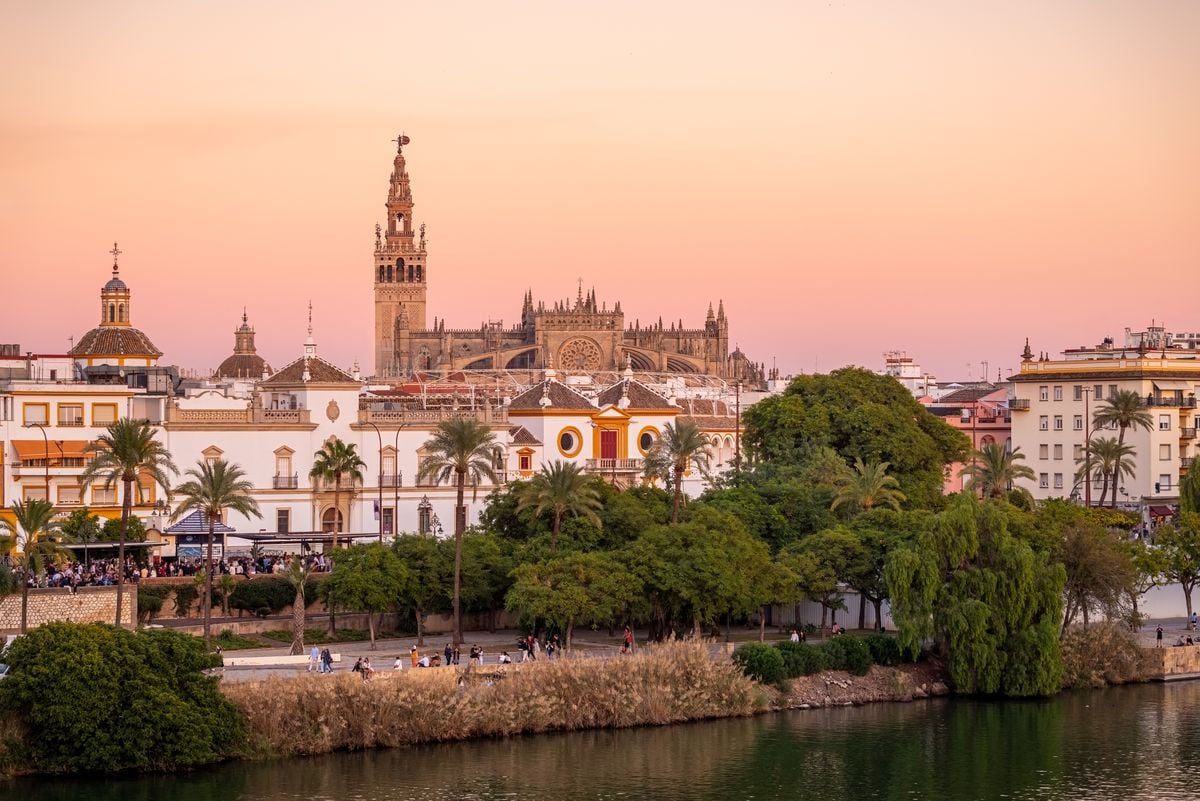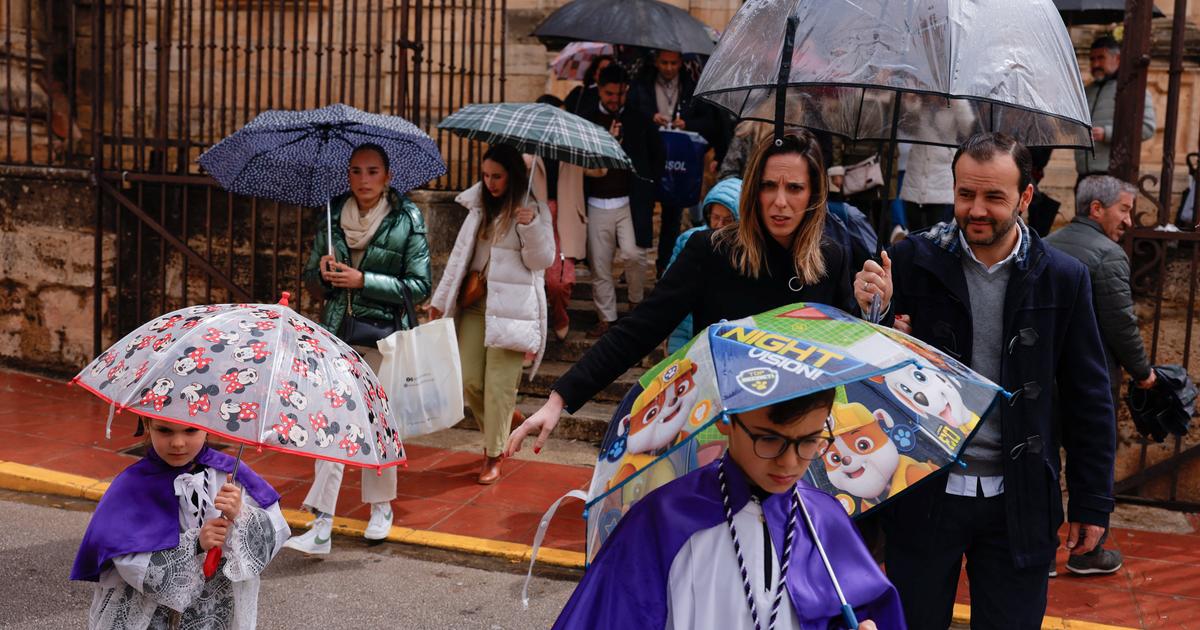Parallel, from the margins, in the shadows, alternative, self-managed, para-institutional, clandestine, counter-public: there are many names we can name it now.
Described as
a molecular network at the heart of the dark years
, it was a unique experience that a group of teachers and students undertook as
a form of resistance to the emptying of universities during the military dictatorship
.
1987 Saer and Beatriz Sarlo.
In
The University of the Catacombs.
Philosophy and Letters in Dictatorship
(Eudeba), the critic and teacher María Eugenia Villalonga reconstructs a cartography of
sixteen study groups
that in the 1970s, when State terrorism filled the territory with calamities,
met clandestinely to think and read literature.
The cartography highlights the history of four courses in greater detail.
Elena Massat, one of the interviewees, replenishes the circle of shared readings
at the house of the critic Josefina Ludmer
: Manuel Puig –
Painted Mouths
–, Jorge Luis Borges;
Russian formalism, French structuralism, the Circle of Prague, Claude Lévi-Strauss, Roland Barthes, Mikhail Bakhtin, Sigmund Freud, Jacques Derrida, enumerates and traces a panorama of references.
The
bibliography in Beatriz Sarlo
's courses was made up of authors such as Theodor Adorno, Jacques Lacan, the French duo Gilles Deleuze and Felix Guattarí, Walter Benjamin.
The notion of “structure of feelings” by the Welshman Raymond Williams intersected with that of the “intellectual field” of the French sociologist Pierre Bourdieu.
The architecture of the story under the light of the cultural as a project was the theme of the courses that
Eduardo Romano
taught since 1978. Already in 1981 and 1982, the mythical course on Linguistics taught by
Beatriz Lavandera
emphatically discussed the theories of Noam Chomsky's Generative Grammar.
In addition to them,
Villalonga partially reconstructs the history of twelve other courses
: by Santiago Kovadloff on Aesthetics and Sociology;
by Nicolás Rosa on Structuralism;
by Ricardo Piglia on Criticism;
by Juan José Sebreli on Philosophy;
by Susana Zanetti on Argentine Literature;
by Raúl Sciarreta on Literature;
by Armando Sercovich on Linguistics;
Psychoanalysis, dictated by Alberto Marchilli;
of Philosophy, by León Rozitchner;
of Economy, by Jorge Schvarzer;
Ancient Philosophy, by Alfredo Llanos;
of History, by Leandro Gutiérrez.
Ricardo Piglia and Josefina Ludmer.
For the attendees –among whom were the writers Alan Pauls, Matilde Sánchez, Daniel Link, Nora Domínguez, Hinde Pomeraniec, Leonardo Funes–,
it was a phenomenon concentrated in Buenos Aires
.
Thus, another level can be built –with the map within the map–, and with the physiognomy of the city in motion.
While the headquarters of Philosophy and Letters moved as part of a plan to dismantle it –Filosofía went from Sede Viamonte to the old Hospital de Clínicas;
then it worked on Av. Independencia;
later in Marcelo T. de Alvear while their programs were jibarized, their teachers expelled and the bibliography censored–;
likewise,
the courses of the University of the Catacombs were also moving
.
Beatriz Sarlo's classes were given in Juncal and Callao
, at the home of Graciela Montaldo and Sergio Chejfec during 1979;
They moved to the top of a building or to the first office of
Punto de Vista
magazine between 1980 and 1983;
in 1983 she worked at the Study Center of the Central Society of Architects.
The public sphere had been emptied of its polyphony of voices.
And on the Obelisk, a large, circular sign read: "Silence is Health."
While many went into exile or were kidnapped or disappeared,
others remained in “internal exile”
, putting together their groups to continue thinking and creating.
“Some teachers came from participating in political projects for change that, with the dictatorship, were cancelled.
That is also part of the book –says María Eugenia Villalonga in dialogue with
Ñ–
.
Many of them had to sit down and read again.
The conceptual tools they had belonged to a world that had ceased to exist.
They needed to re-understand what was happening.
Literary theory was linked to politics.
Literature was not that ethereal object, as was taught during the dictatorship, a speech for beautiful souls emptied of all political reflection.
The professors of that University of the Catacombs that they ended up building disputed with the dictatorship that conception emptied of literature”.
–In the book an intellectual cartography of the time becomes evident. Was there awareness of that map?
–Eduardo Romano knew that Beatriz and Josefina were giving courses.
Josefina knew that Beatriz was giving courses.
But no one was very interested in what the rest was doing.
Each one was in the molecule of him.
I think it had to do with the context.
There was no way to network without jeopardizing what was being done.
Beatriz studied Raymond Williams.
Josefina proposed to replace what the UBA had emptied: history of literary theory, from formalism to post-structuralism.
She set out to give what was being taught in North American universities.
She had taught that in Rosario and at the UBA with Noé Jitrik, until 1974. Eduardo Romano worked on the story.
Jorge Laforgue found a space at the University of Salvador.
He had been president of FUBA in the 1960s with leftist ideas and had written in the public space: from the Latin American Publishing Center.
Ramón Alcalde also worked in El Salvador, where they renewed their careers.
They were able to do many things there because the focus of the dictatorship was on the UBA
.
Rosario had already been emptied: Noé Jitrik and Nicolás Rosa had come here.
Nicolás Rosa gave Barthes, but his classes were broader.
Edward Romano;
Hannibal Ford and Jorge Rivera.
From underground to the classroom
For María Eugenia Villalonga,
the University of the Catacombs meant a space for experimentation, research and teaching that later, in the 1980s, revitalized the UBA, the Conicet or the cultural field itself.
Normalization diversified the space.
Once public liberties were recovered, with the advent of democracy, everything that had been concentrated in secret living rooms equipped with bibliography, returned to the social space multiplied.
In 1984 and 1985, Josefina Ludmer gave the Update Courses.
The intellectuals who returned from exile or who had taught private courses, or the students of those courses themselves, returned
again to the places that had been forbidden to them.
Clandestine and underground in the 1970s, this base knowledge became institutionalized in the 1980s
. It began like this, another story.
In light of what came after, it is interesting to think about the way in which
the threads of this knowledge survived in the 1990s or reached the 21st century.
The digital age, in its own way, has also built its own network of counter-public and parallel courses.
A whole new offering of "private" courses are proliferating online.
Or in writer's studies, in the form of self-propaganda "theories of the self" applied to the work itself.
Anti-theoretical biographers or historicists, in freelance or moonlighting working conditions, once again call into question what has been achieved by the University of the Catacombs.
For the catacumbi, literature was a space for experimentation taken over by the tensions of the context.
And a space of struggle between knowledge and discourses.
–With the influence of the market or social networks, wouldn't that political conception of literature find itself in clear retreat today?
-Yes.
The market is always
It is another factor to consider.
–Save the distances, the market or the technologies generate an emptying similar to the one that in the 70 caused the dictatorship, making invisible that network of tensions that cross the literary?
-Yes.
Probably.
Another issue, which is also operating today, is "political correctness": which is another form of self-censorship.
We have a small publishing market, with great writers, because literature that begins with "El Matadero" is to take off your hat.
But in contexts of larger literary markets, political correctness is taking its toll.
That flattens and depoliticizes the literary.
No matter how much you write a novel about human trafficking networks, with complaints and other elements, if the objective is to fit in well with the parameters of the publishing market, with all that you can make a mess.
Juan J. Mendoza is the author of
The Age of Theory.
The B-Side of the 70s
, forthcoming.
The University of the Catacombs, by María Eugenia Villalonga.
ESSENTIAL
Maria Eugenia Villalonga.
Photo: Florence Downes TELAM
María Eugenia Villalonga
Literary critic.
She has a degree in Letters (UBA), with a postgraduate degree in Literary Studies (UBA).
She is a proofreader at Editorial El bowl of silver.
She has written for Radio Nacional, Poder magazine, Perfil newspaper, Otra Parte, El País de Montevideo, Página 12 and La Gaceta de Tucumán.
She was a Language and Literature teacher in the framework of the Primary and Secondary Education Completion Program carried out in Argentina.
The University of the Catacombs
María Eugenia Villalonga
Eudeba
136 pages.
look too
Josefina Ludmer: slanted eyes that knew how to read
look too
Sebreli, between criticisms of Cristina Kirchner, Perón and Yrigoyen and references to Carrió and Bullrich
look too
What is at stake.
Writes Beatriz Sarlo









